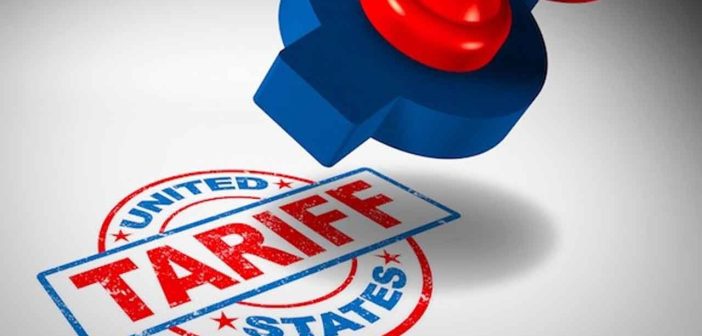India and the United States are working to address intricate tariff realignments as they aim to strengthen their trade relationship, which reached a valuation of $129.20 billion in 2024. The evolving dynamics of this partnership have been shaped by recent US tariff measures, which have introduced new challenges for Indian exporters while opening opportunities for strategic negotiations.
India has already initiated tariff adjustments targeting US exports, as outlined in the Budget 2025. Notable changes include reducing tariffs on motorbikes from 50 percent to 40 percent and on bourbon whiskey from 150 percent to 100 percent. These measures reflect India’s commitment to fostering a balanced trade environment and addressing disparities in tariff structures.
Both nations are actively negotiating a Bilateral Trade Agreement (BTA), with the goal of finalizing the deal by the end of 2025. This agreement is expected to focus on fair trade practices, enhanced market access, and the integration of supply chains. The joint statement issued in February 2025 set an ambitious target to double bilateral trade to $500 billion by 2030, a vision termed “Mission 500.”
A report by Price Waterhouse highlights the significant differences in applied tariffs between the two countries. India imposes an average tariff of 17 percent, compared to the US average of 3.3 percent. The disparity is even more pronounced in agriculture, where India’s simple average tariff stands at 39 percent, while the US maintains a rate of 5 percent. Addressing these gaps will be a critical aspect of the ongoing negotiations.
The report also sheds light on the impact of new US tariffs, including a 25 percent levy on steel and aluminum imports, which directly affects Indian manufacturers exporting to the US. Additionally, reciprocal tariffs could pose challenges for India’s smartphone exports, which currently attract zero tariffs but may face a revised rate of 15 percent. This shift could hinder the growth trajectory of India’s smartphone industry in the US market.
The US President recently announced plans to impose a 25 percent tariff on auto components and similar duties on pharmaceutical imports, further complicating India’s export landscape. However, the report suggests that US tariffs on Chinese goods could create opportunities for Indian exporters in sectors such as electronics, textiles, and engineering goods, where Indian businesses may find themselves in favorable positions.
To mitigate the risks associated with US tariff hikes, Indian exporters are encouraged to explore alternative markets. India’s new and upcoming Free Trade Agreements (FTAs) with the UK, the EU, Oman, the Gulf region, and New Zealand offer potential avenues for market diversification and growth.
As India and the US continue to navigate these complex tariff alignments, their shared commitment to strengthening trade ties remains evident. The ongoing negotiations and strategic adjustments underscore the importance of collaboration in achieving mutual economic goals and fostering a resilient trade partnership.





